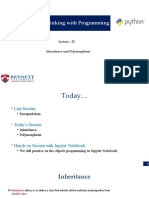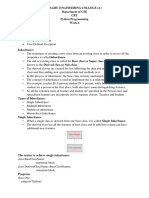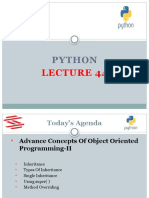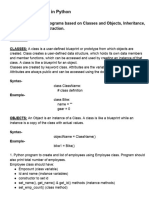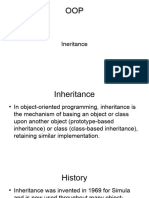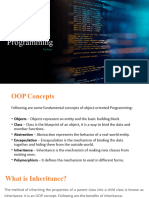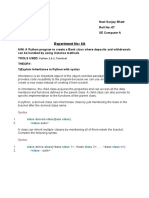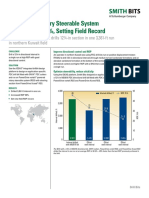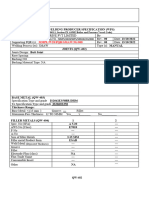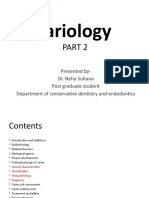0% found this document useful (0 votes)
5 views8 pages09 - Inheritance, Abstract Classes
code reusability
Uploaded by
Ramesh Kumar MojjadaCopyright
© © All Rights Reserved
We take content rights seriously. If you suspect this is your content, claim it here.
Available Formats
Download as DOCX, PDF, TXT or read online on Scribd
0% found this document useful (0 votes)
5 views8 pages09 - Inheritance, Abstract Classes
code reusability
Uploaded by
Ramesh Kumar MojjadaCopyright
© © All Rights Reserved
We take content rights seriously. If you suspect this is your content, claim it here.
Available Formats
Download as DOCX, PDF, TXT or read online on Scribd
/ 8





